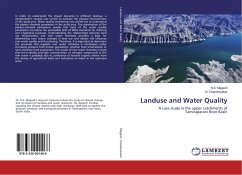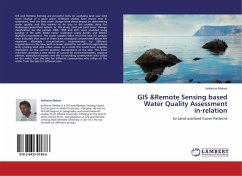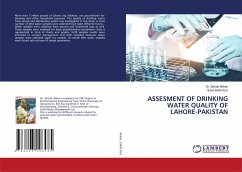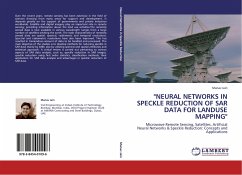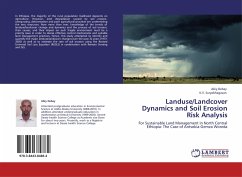In order to understand the stream dynamics in different landuse, a morphometric analysis was carried to evaluate the physical characteristics of the study area. Water quality monitoring was carried out to understand the physico-chemical parameters in the study area. The examination of the physico-chemical parameters reveals that most of the water quality parameters are below the permissible limit of WHO standards for drinking and irrigational purposes. Understanding the relationships between land use characteristics and river water chemistry provides a base for determining how future changes in land use and climate will influence river water quality and functioning. Therefore, it is important to determine the processes that regulate river water chemistry in landscapes under increasing pressure from human population, whether from urbanization or more intensive food production. The results of river water chemistry reveals that the turbidity and high concentration of nitrogen compounds in the river water is probably due to confluence of leached organic matter from the vicinity of agricultural lands and turbulence of water in the upstream areas.

